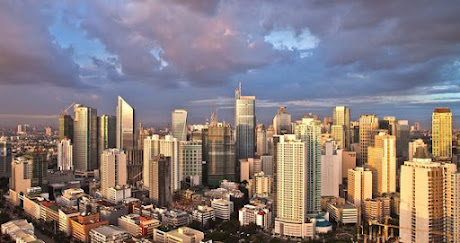Zero Net Carbon
Building Sustainable Futures in Philippine Realities
A developing country like the Philippines is experiencing rapid growth, leading to increased construction activities. However, the accompanying rise in carbon footprint poses a significant environmental concern, particularly considering the country's vulnerability to alarming natural disasters. While transitioning to zero carbon initiatives could aid in mitigating climate change, various challenges must be addressed.
The prospect of implementing carbon-neutral buildings in the Philippines appears to be challenging, given the existing issues the country faces. The adaption of carbon-neutral construction practices is hindered by substantial initial costs and regulatory barriers. Affordability poses a significant hurdle, as the potential consequences of implementing carbon-neutral buildings include the risk of homelessness, rising rental costs, and a substantial shift in overall living conditions. While it is theoretically possible, the challenges are reminiscent of other policies, such as the national building code, which are frequently disregarded by many in the country.
Although the construction industry recognizes the potential benefits of carbon-neutral buildings in reducing emissions, architects, engineers, and other professionals may struggle with compliance. Financial considerations play a crucial role, as budget constraints could hinder the widespread adaption of zero-carbon practices. While architects may find the concept intriguing, not all may be willing to comply, especially considering the affordability challenges, particularly for freelancers. Overall, the emphasis on costs could impede the enthusiastic uptake of these environmentally friendly practices in the construction sector.
From my perspective, the Philippines should seriously consider adapting carbon-neutral building practices, given its status as a developing country. It presents a promising opportunity for the industry; however, there are challenges to be mindful of, particularly concerning the potential impact on the cost of living.
As an aspiring architect, I am conscious of the significant contribution of my chosen career path to carbon emissions through building and construction. The adaption of carbon-neutral building practices is crucial in our field, despite encountering challenges such as the substantial increase in the cost of sustainability. Choosing sustainable architecture as my specialization, I am committed to incorporating various eco-friendly approaches into my future designs.



Comments
Post a Comment